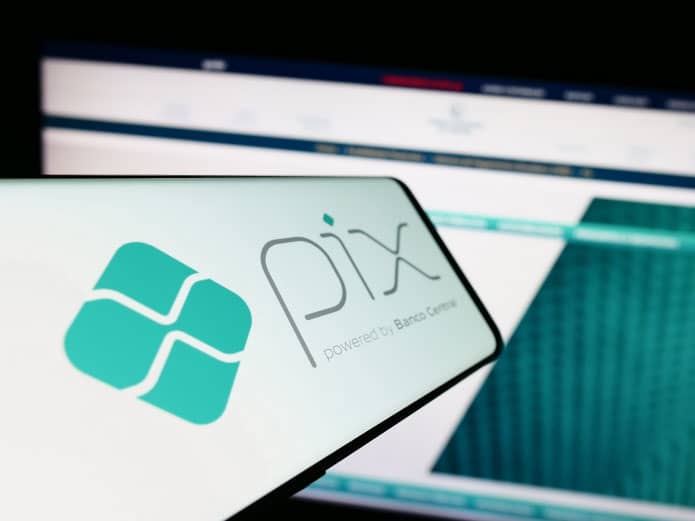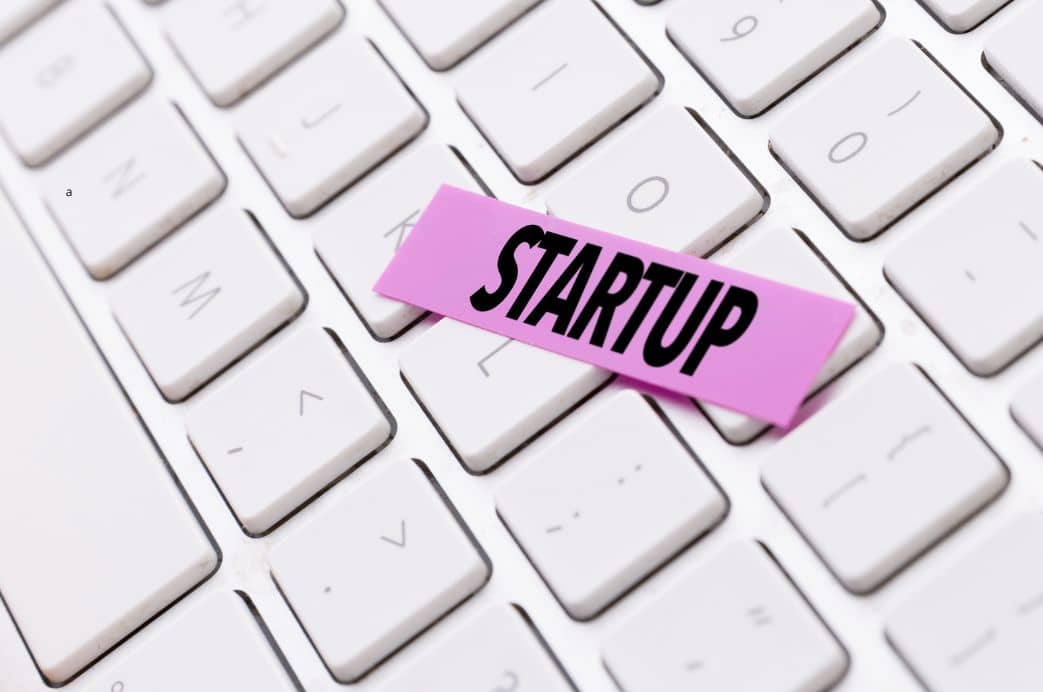In the universe of artificial intelligence, a new wave is approaching rapidly. They are AI agents that perform increasingly complex tasks and make autonomous decisions. In customer service, this evolution is viewed favorably. By 2029, this technology will resolve 80% of common customer service issues without human intervention, according to a recent projection by consulting firm Gartner.
While traditional chatbots, for example, are mechanical and follow predefined scripts, the AI agent can act autonomously to make online purchases on its own based on human commands, for example.
For the customer service sector, this means a new way of engagement, facilitating attendants' service with productivity and automation of interactions, and reducing operational costs for companies. However, it will also change the communication made by consumers.
“This transition will impact the way customers communicate with the company, as they will also have access to the artificial intelligence agent. Consumers will be able to use it to clarify doubts, request exchanges and returns, and make complaints on their behalf. This scenario requires strategic adaptation on both sides, so that the relationship is not affected and problem-solving is practical,” comments Oswaldo Garcia, CEO ofNeoAssist, a leading platform in omnichannel service and owner of Núb.ia artificial intelligence.
Thus, Gartner's study also addresses that, based on this new behavior, it will be necessary to adapt service not only for human clients but also for "machine clients." This directly implies prioritizing automation, as the volume of interactions may change. This could be the beginning of a major shift in conversational AI, which is no longer just a customer support tool but is permeating other operational and relationship levels.
“The market is betting that AI agents will be the next evolution of technology, and the forecast is that in four years’ time we will already be able to see the results of its use. Until then, our mission is to prepare the ground to deliver the best experience to customers, whether or not they use AI during their purchasing journeys,” adds the CEO of NeoAssist.
Innovation and AI mark talks at Web Summit Rio
The next steps of AI have been highlighted at major events. From April 27 to 30, the Web Summit Rio will take place, and among the talks, there are no shortages of topics involving artificial intelligence. From finance and ESG to design, as well as the role of AI agents.
Keeping an eye on the latest in technology,customer experience and artificial intelligence, NeoAssist is one of the companies that will be present at the event. Visitors will be able to chat with the team and executives of the brand to network, discuss the importance of omnichannel vision in customer service, and learn about Núb.ia — proprietary AI that suggests, summarizes, and analyzes consumer sentiments in customer service.
Web Summit Rio
Data: April 27-30
Local: Riocentro Convention & Events Center – Rio de Janeiro (RJ)
Site: Link











